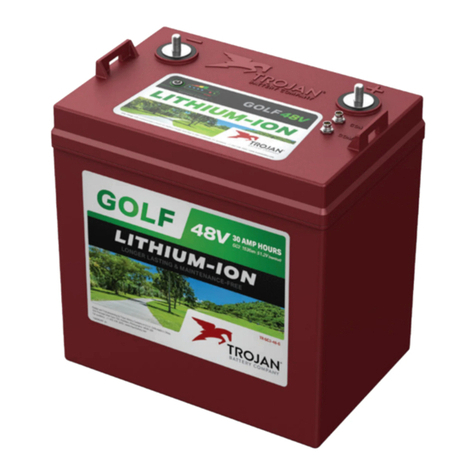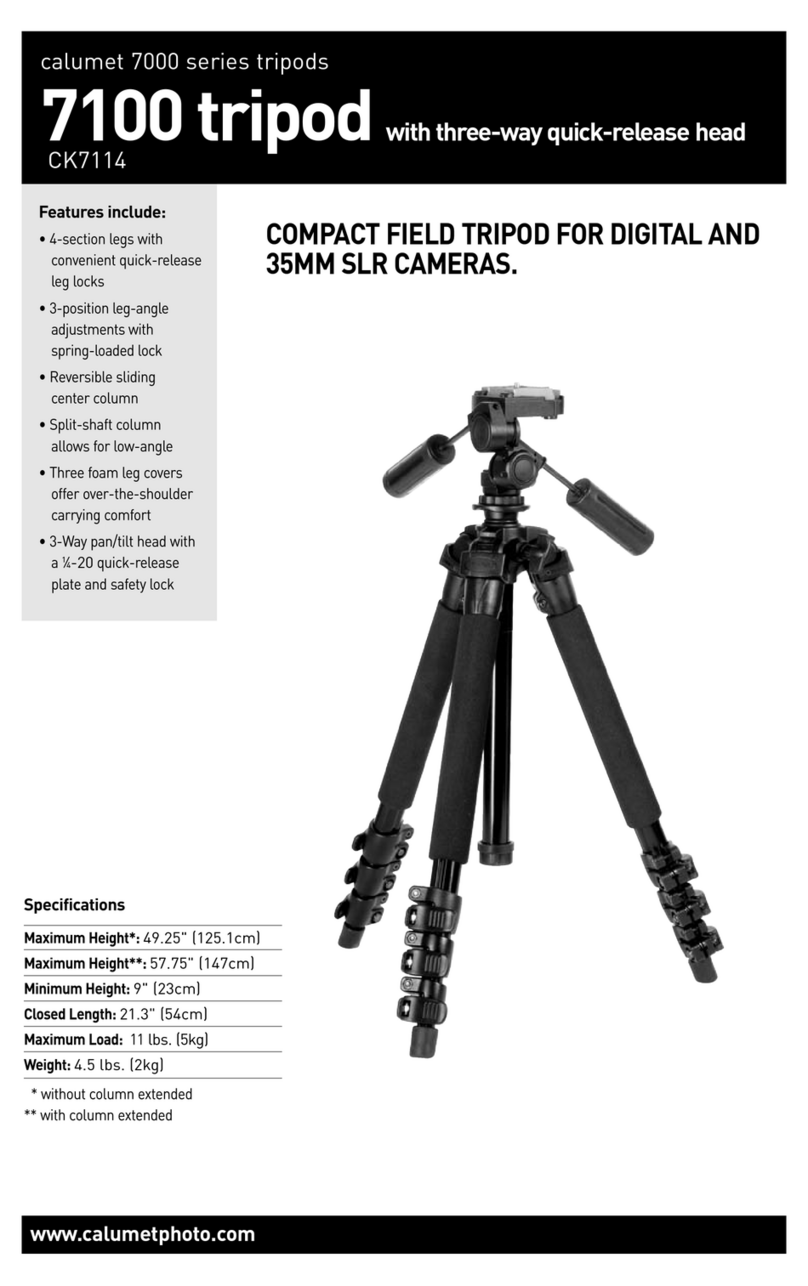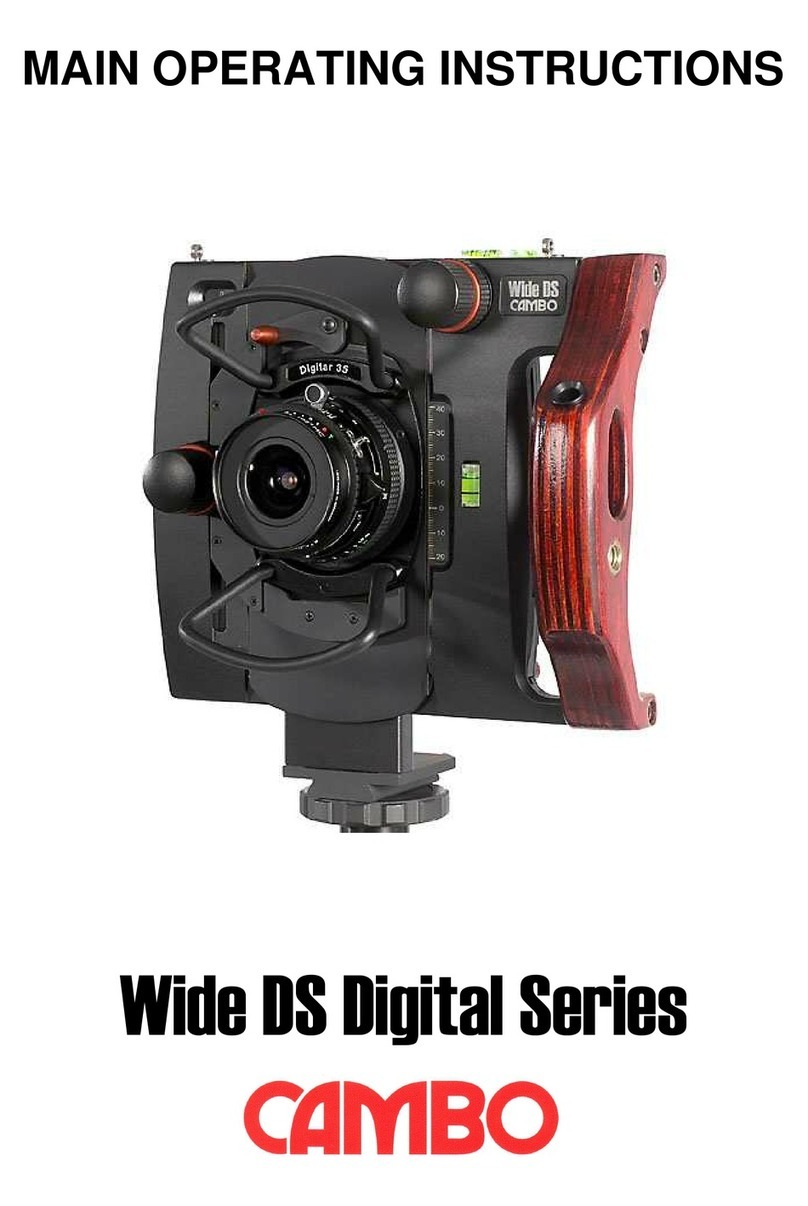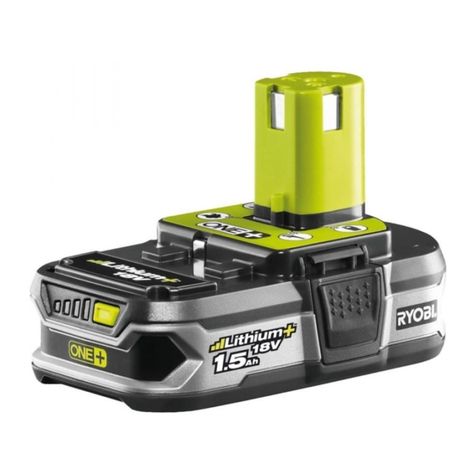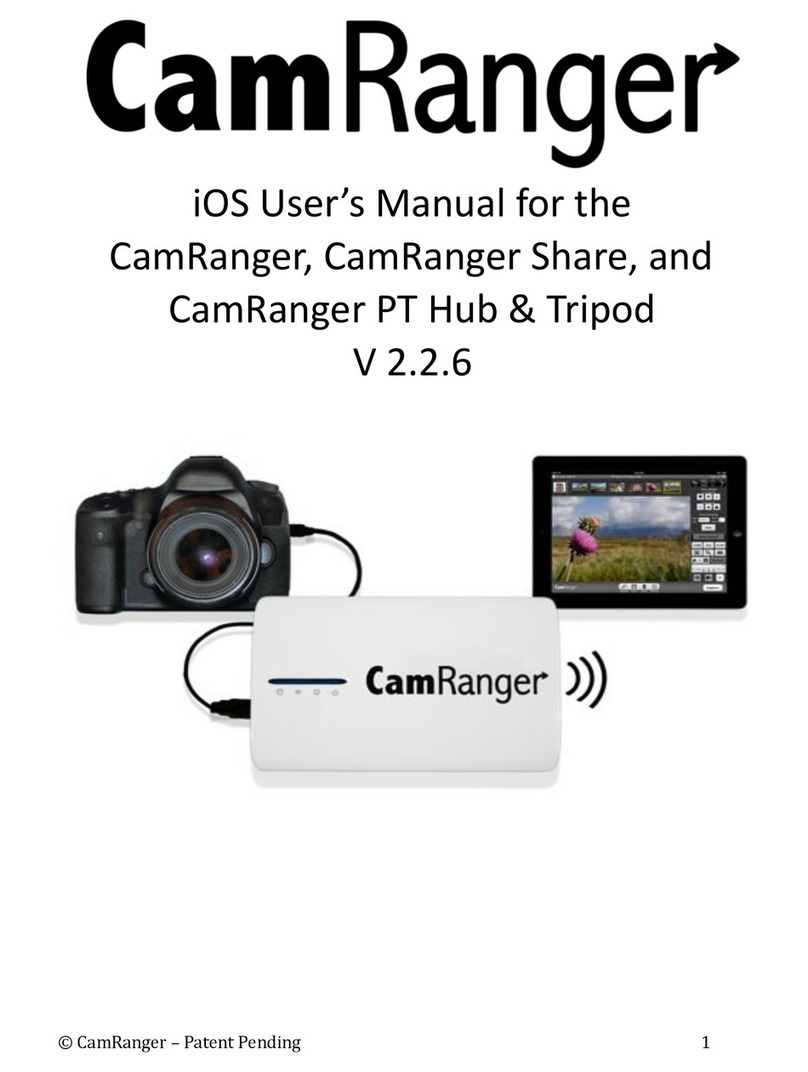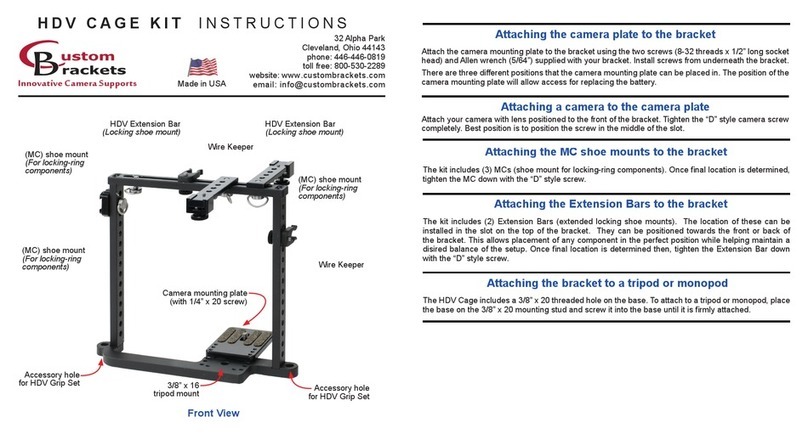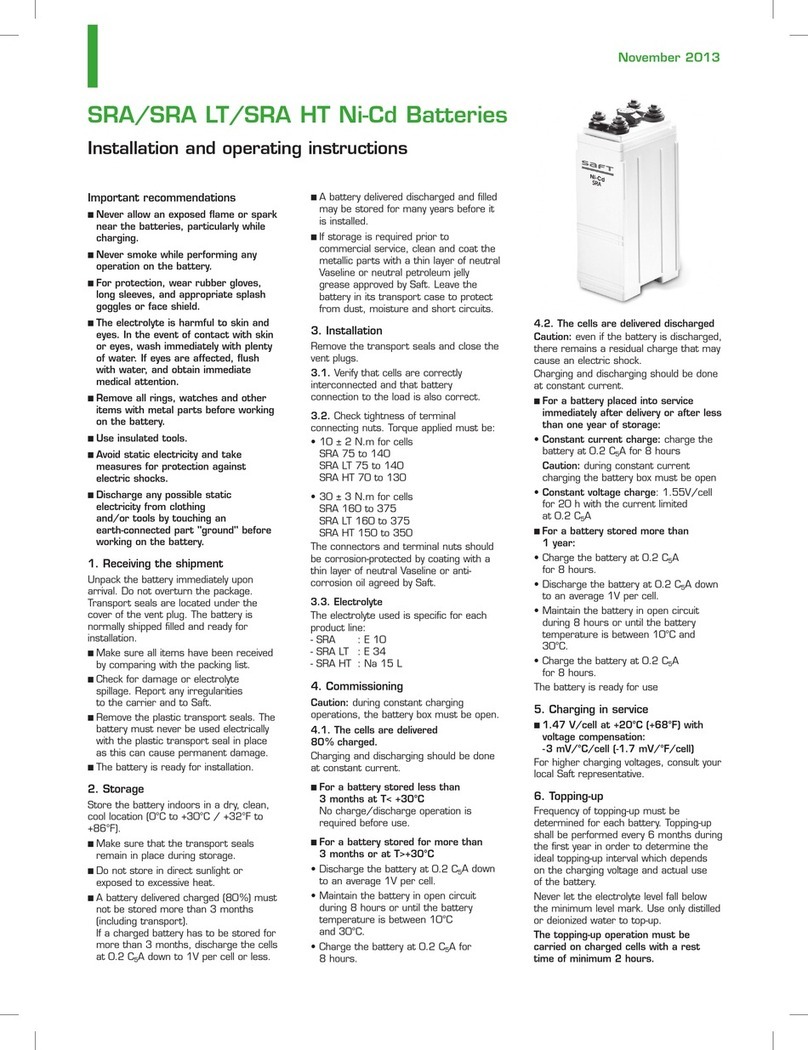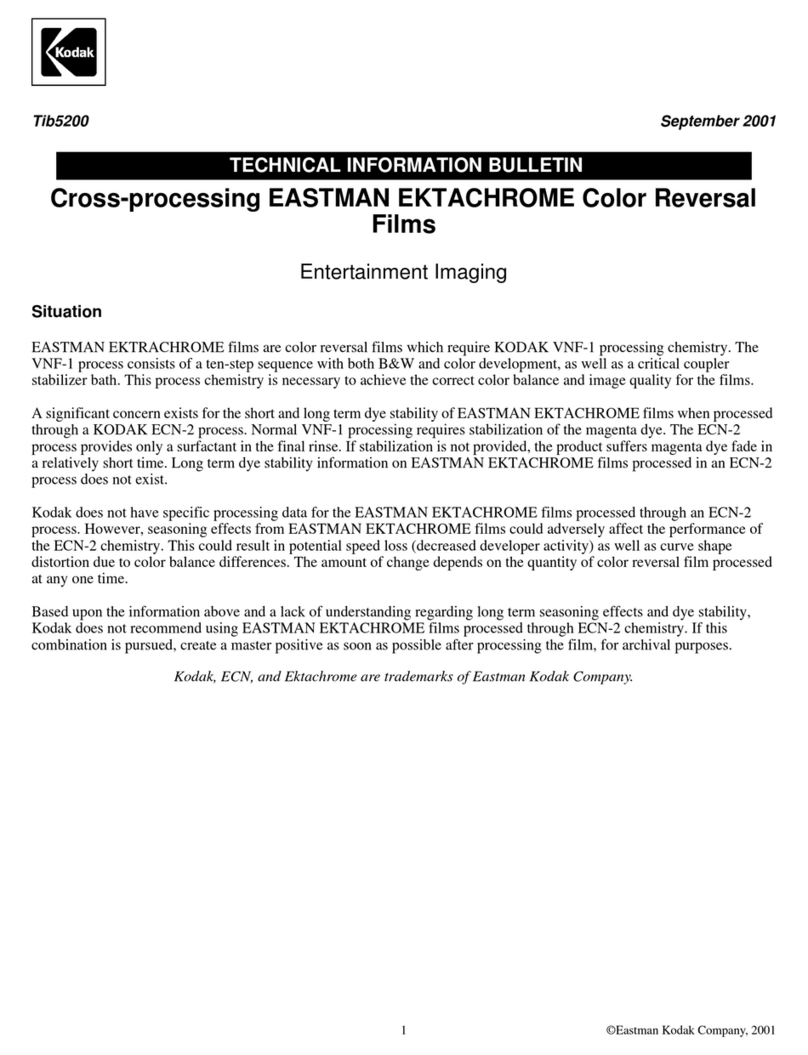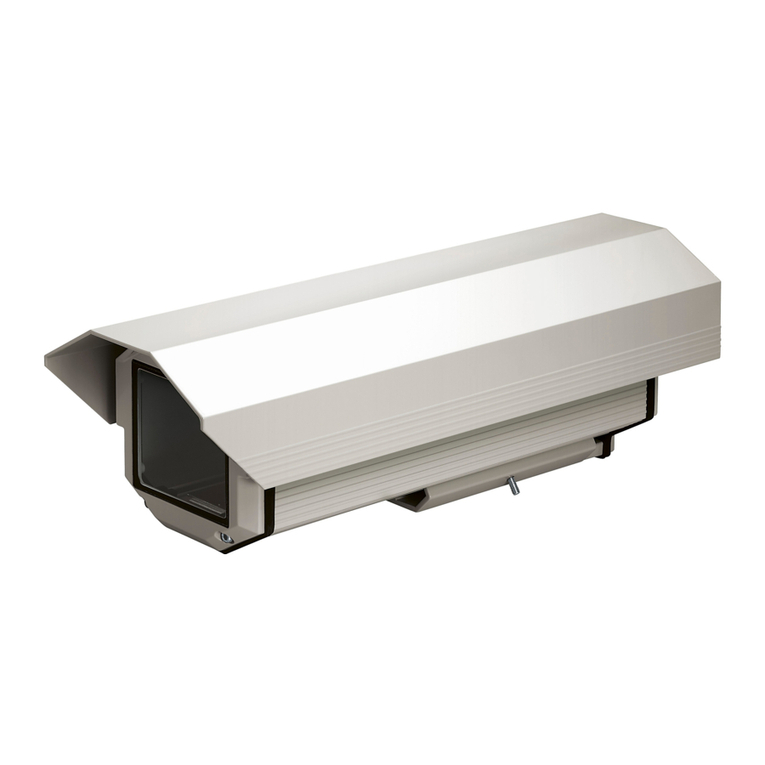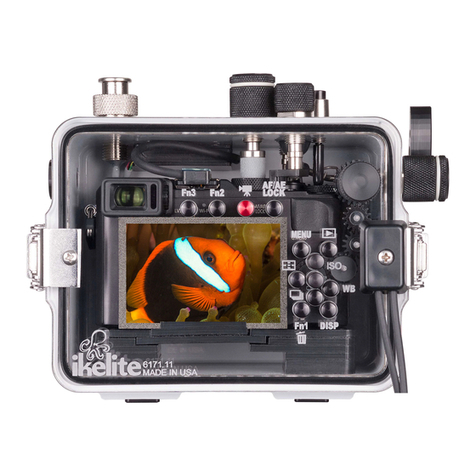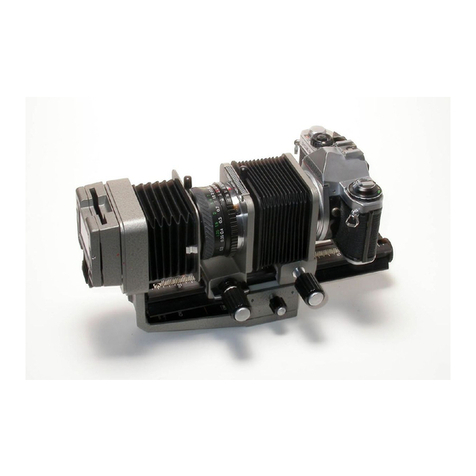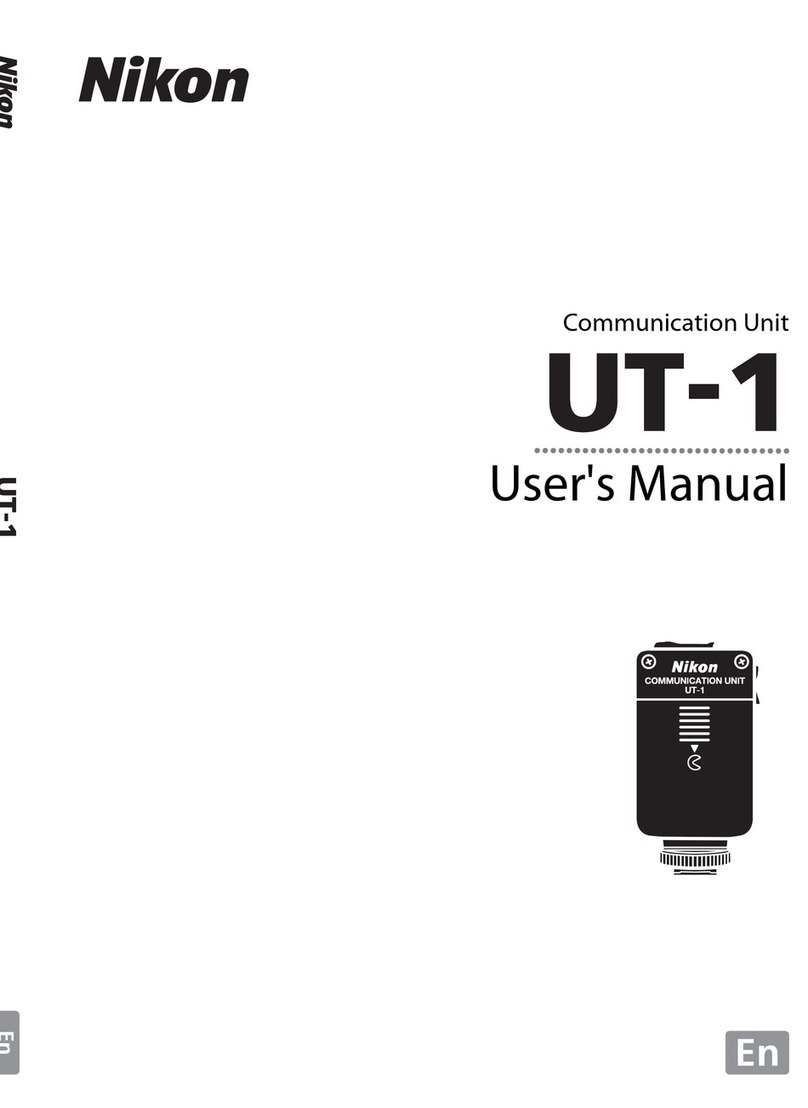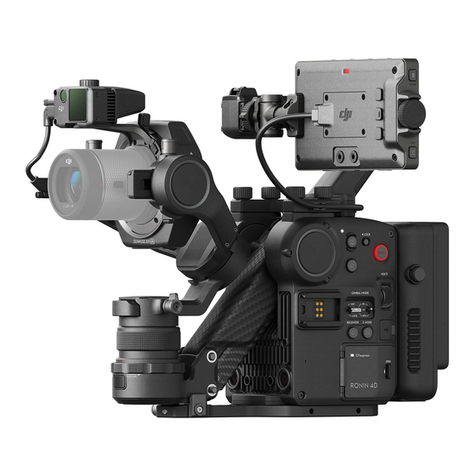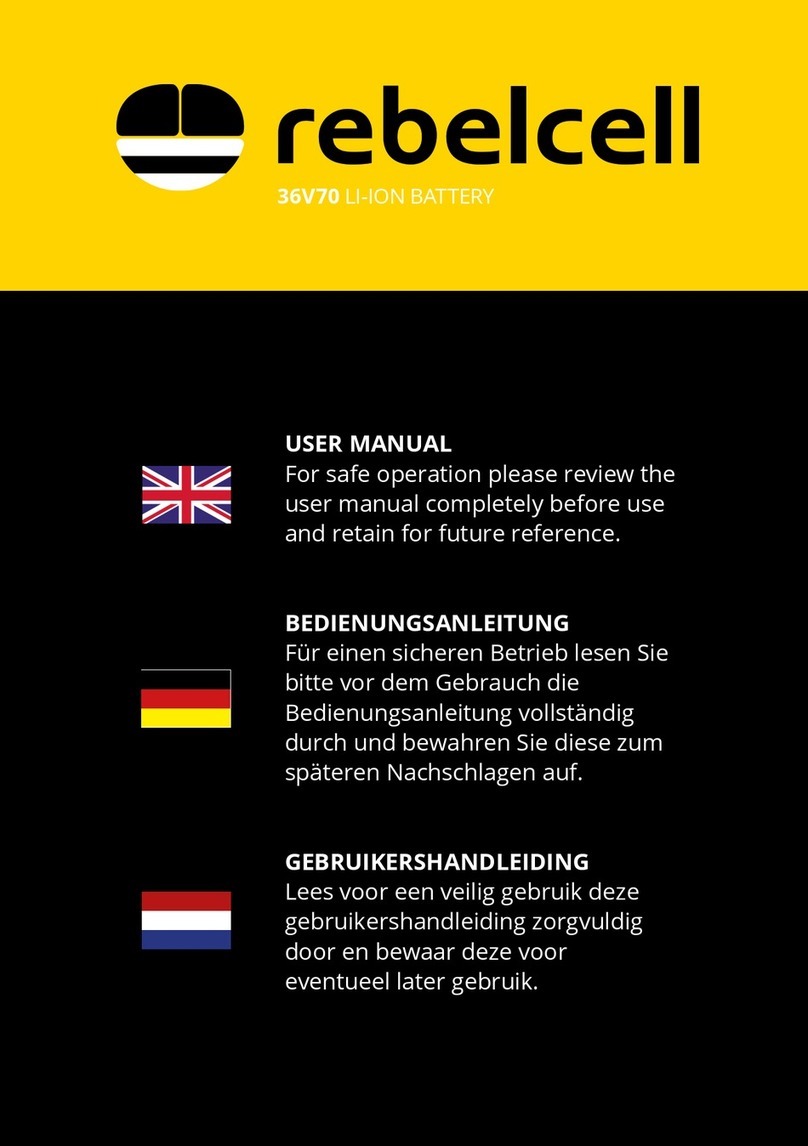
5
6
7
8
9
10
11
12
5
6
7
8
9
10
11
12
Screw the tracker onto a tripod and
mount your camera to the
ballhead. Place the tripod on firm
ground (not in a building, on a car,
or on a bench).
Activate the laser with the red button
and point it at the celestial pole, near
Sigma Octantis in the southern
hemisphere (left) or Polaris in the
northern hemisphere (right).
Point the camera at the section of the sky you want to image.
Make sure your camera is in focus! A
Bahtinov mask, though not necessary,
helps with this step.
Fine-tune your alignment. Make sure
the laser is aimed at the celestial pole
to within no more than ½ a degree,
roughly half a pinky nail at arm’s
length. The closer the better.
Turn the motor on by pressing the
blue button.
Begin your exposures! Make sure not to disturb the tracker.
• 1600 ISO is a good starting point.
• See the exposure time table on the last page.
• Stop your lens down once or twice for sharper images.
• Shoot in RAW format for best post-processing results.
•
Postprocess your images. Free stacking software and online
tutorials exist in abundance. Search google or visit an
astrophotography forum such as
reddit.com/r/astrophotography for help!
Activate the laser with the red button
and point it at the celestial pole, near
Sigma Octantis in the southern
hemisphere (left) or Polaris in the
northern hemisphere (right).
Point the camera at the section of the sky you want to image.
Make sure your camera is in focus! A
Bahtinov mask, though not necessary,
helps with this step.
Fine-tune your alignment. Make sure
the laser is aimed at the celestial pole
to within no more than ½ a degree,
roughly half a pinky nail at arm’s
length. The closer the better.
Turn the motor on by pressing the
blue button.
Begin your exposures! Make sure not to disturb the tracker.
• 1600 ISO is a good starting point.
• See the exposure time table on the last page.
• Stop your lens down once or twice for sharper images.
• Shoot in RAW format for best post-processing results.
Postprocess your images. Free stacking software and online
tutorials exist in abundance. Search google or visit an
astrophotography forum such as
reddit.com/r/astrophotography for help!
Screw the tracker onto a tripod and
mount your camera to the
ballhead. Place the tripod on firm
ground (not in a building, on a car,
or on a bench).
